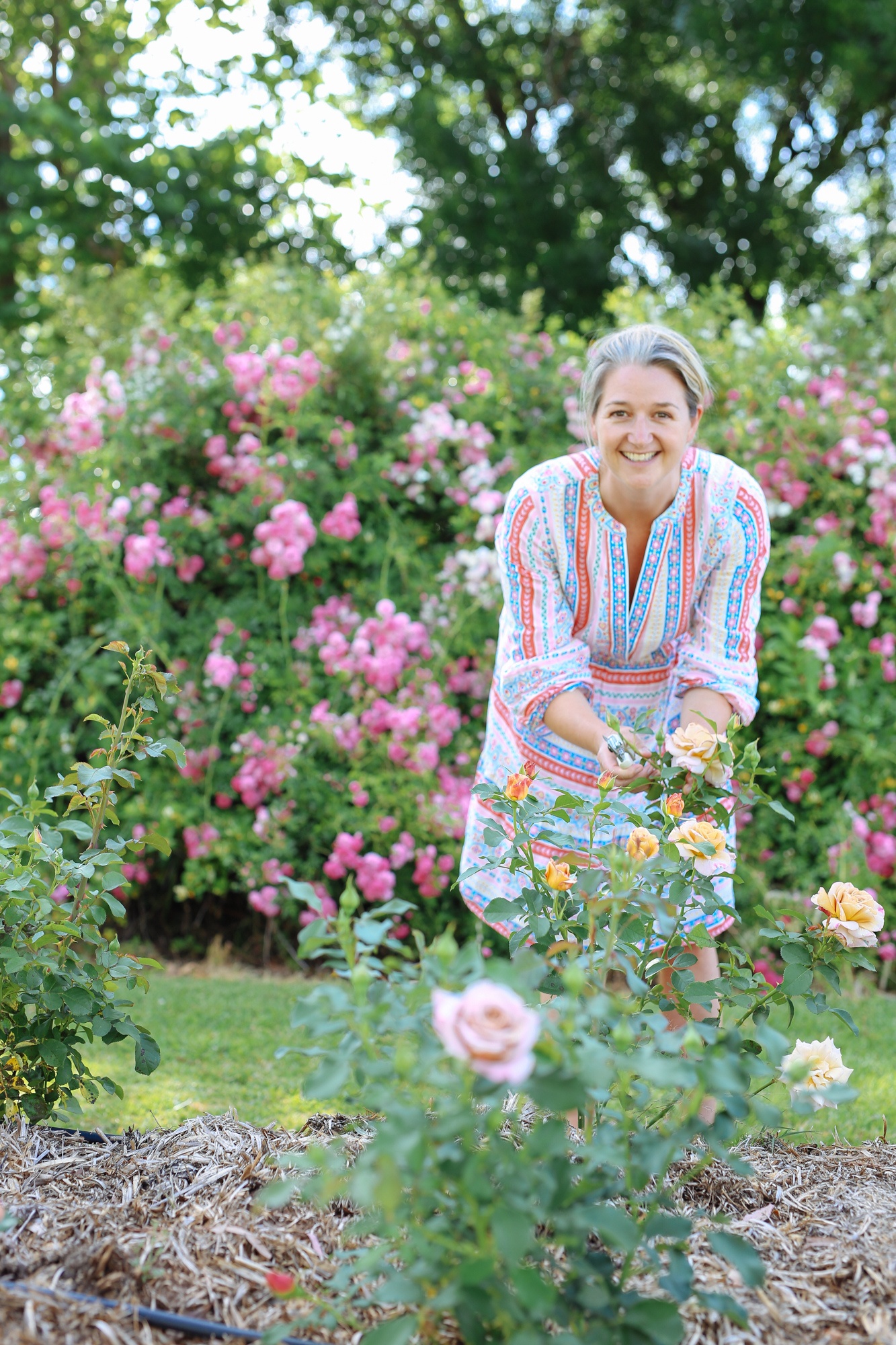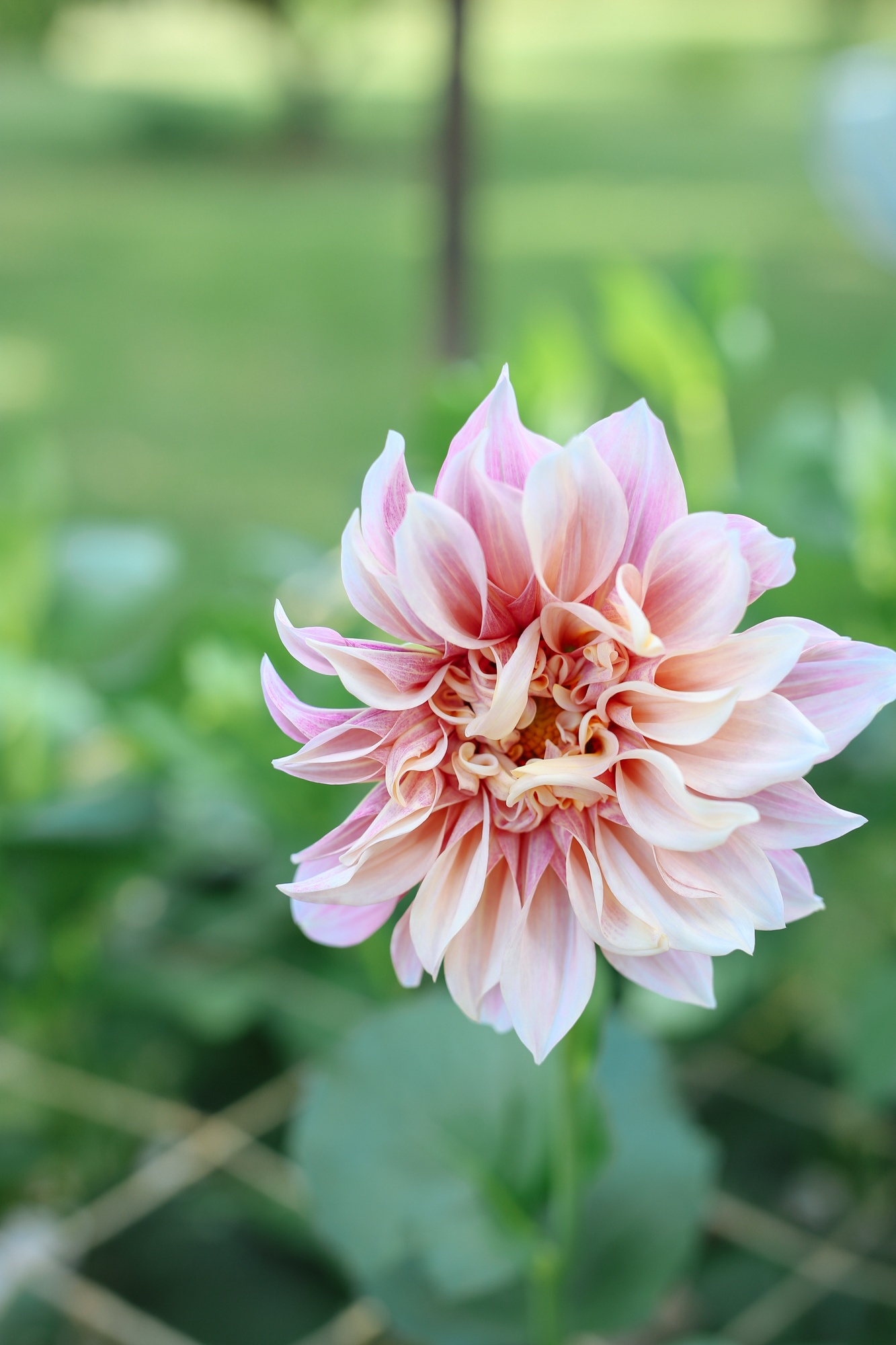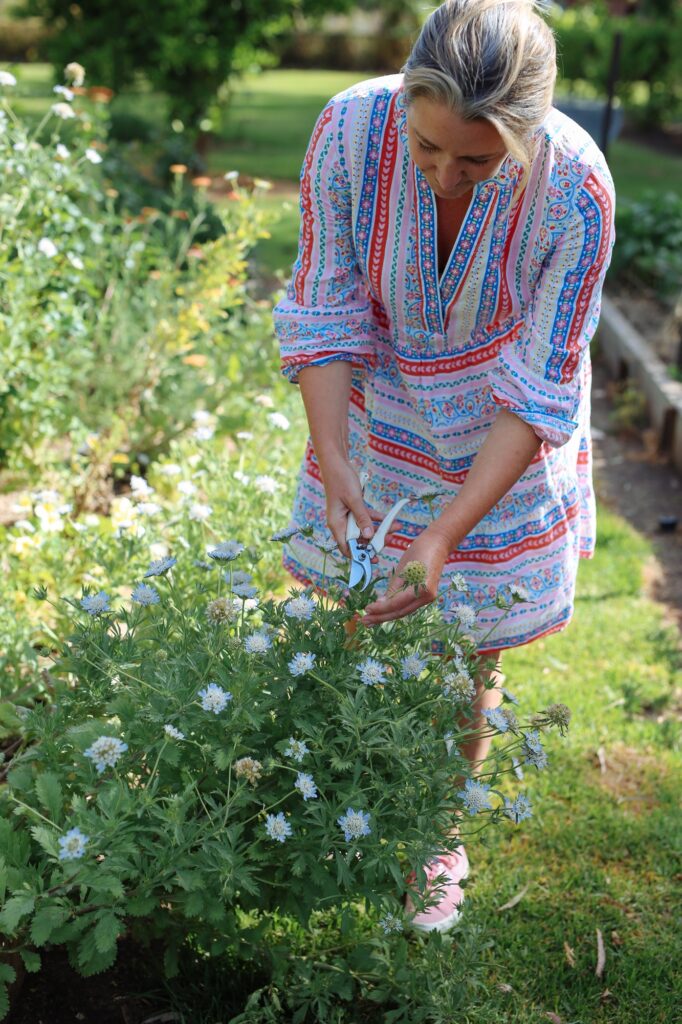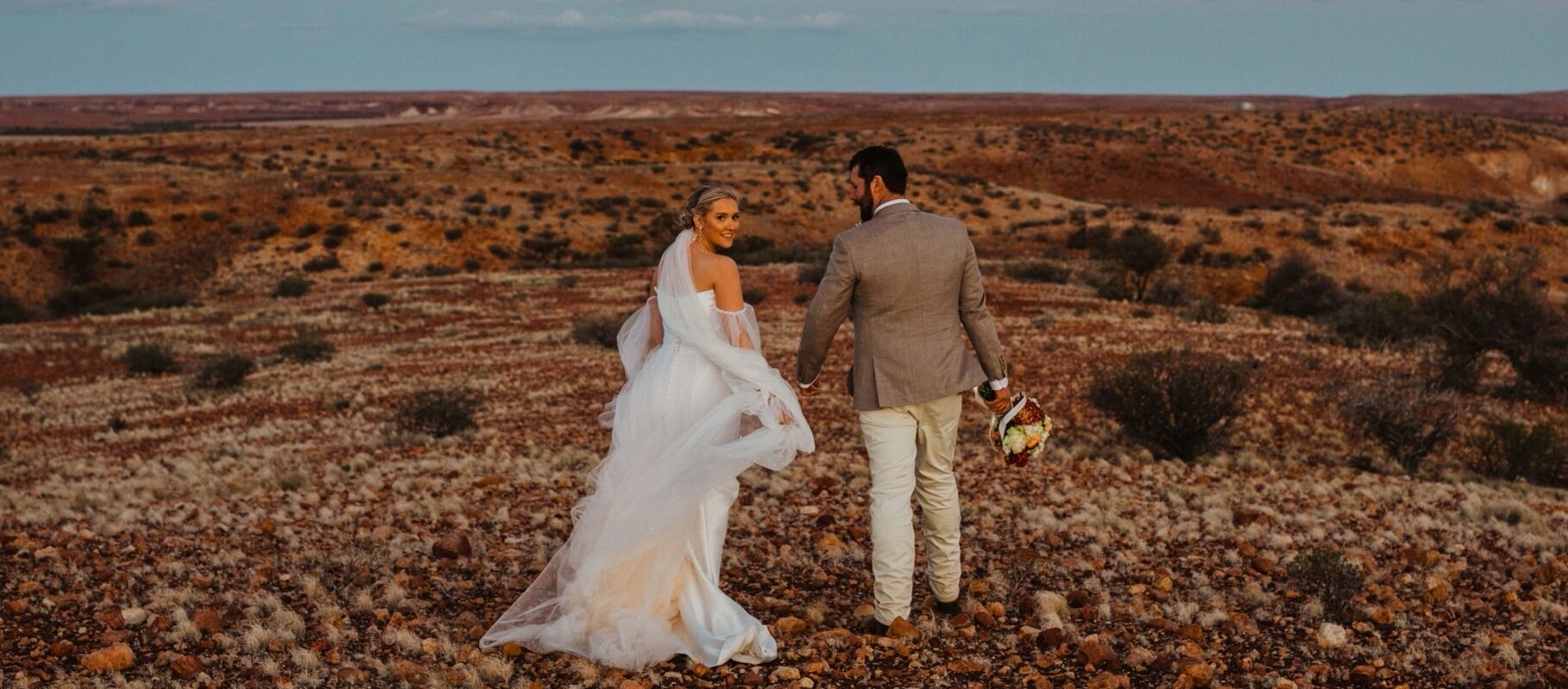Sign up to our mailing list for the best stories delivered to your inbox.
Tilla Winston-Smith first started putting together foliage and flowers from her garden to give to friends as birthday gifts.
INTERVIEWS CLAIRE AUSTEN PHOTOGRAPHY SOPHIE HANSEN


One trend that seems to have emerged recently is the rise of the flower farmer, documenting their life on the land with images of their fields, foliage and blooms. They are selling bunches and supplying flowers locally as well as to florists or shops.
Tilla Winston-Smith (@tillawinstonflowers) is based east of Narrabri in north-west New South Wales, where she grows an array of cut flowers and supplies two local florists. Living on a cattle property with husband Will and children Winne, Molly and Mac, Tilla started growing flowers when they moved into Will’s parents house in 2017. Trying to work out which blooms grow best in the Narrabri climate is Tilla’s constant struggle.
“The feeling when a seed or seedling that I’ve planted grows and thrives, and then produces a flower is very rewarding. I get such a buzz when something I’ve nurtured flourishes and produces. Though there have been an equal number of failures over the years too!”
After moving into the main house, Tilla replaced the vegetables that had been growing in the garden with flowers.
“I started experimenting with dahlias, zinnias, sea holly, Echinops [globe thistles]and cosmos. I enrolled in and completed the Floret Online Workshop flower-farming course in early 2018, and this spurred me
on even more to start trying varieties that could be suited to warmer climates.”
Claire Austin chats to Graziher’s Life on the Land podcast about spring time in the garden. Article continues below.

TILLA’S FAVOURITE CUT FLOWERS
1. TULIP
Chill bulbs in the coolroom before planting in June. Choose early-flowering varieties to beat the heat.
2. HYDRANGEA
Grow in a protected spot. Choose early-flowering varieties such as ‘Agnes Pavelli’ for flowering before summer heat.
3. POPPY ANEMONE
Anemone coronaria is a lovely cut flower that starts flowering before the heat of summer. Plant in May as corms or seedlings. Fave variety: ‘Mistral Plus Rarity’.
4. FEVERFEW
Tanacetum parthenium or Matricaria is easy to grow. Use netting to stop plants from falling over. Plant seedlings in May.
5. DAHLIA
Plant tubers in spring once the risk of frost has passed. Protect buds from cotton beetle with gauze exclusion bags.
6. ICELAND POPPIES
Plant Papaver nudicaule seedlings out in May once the soil has cooled. Fave variety: ‘Australis’ in pastel shades.
7. ROSES
Garden roses don’t have a long vase life but are great for events. For cut flowers, try chocolatey ‘Soul Sister’ floribundas and golden ‘Honey Dijon’ or shell pink ‘Princesse Charlene de Monaco’ hybrid tea roses.
“We normally experience a very short spring and then it can get very hot, very quickly! I’ve learnt to grow early-flowering varieties and aim to have the bulk of spring flowers done by the time the heat arrives. And then stick with heat lovers such as dahlias and zinnias through the summer,” explains Tilla.
Tilla first started putting together foliage and flowers from her garden to give to friends as birthday gifts. When people started to comment that they would happily pay for the bunches of flowers she was creating, Tilla had the confidence to start selling the flowers she was growing.
“I sold mixed garden bunches through Instagram for a season. I still remember my first order and how nervous I was! But it didn’t take me long to work out that I couldn’t do the growing, the arranging and the delivering with young kids and living out of town,” Tilla recalls. “The joy for me is in the growing.”
In winter 2019, Tilla approached a local florist with an offer to supply wholesale cut flowers. The supply season usually lasts for eight to nine months of the year. First deliveries are in late winter with tulips, Iceland poppies and mistral anemones and the season finishes around Mother’s Day with chrysanthemums.
While many florists based in or close to big cities have access to a huge hub of suppliers, such as Sydney Flower Market, for regional florists sourcing locally grown, fresh flowers direct from the grower is often a great option.
“I think it’s tricky for rural florists because a lot of cut flowers don’t ship very well out of water; feverfew, for example. So it’s such a great feeling to be able to be supply my florists with really fresh product that I’ve harvested that morning and delivered to them in buckets,” says Tilla.
Claire Austin runs the Gin Gin Garden Club.
Subscribe to Graziher and never miss an issue of your favourite magazine! Already a subscriber? You can gift a subscription to someone special in your life.
To hear more extraordinary stories about women living in rural and regional Australia, listen to our podcast Life on the Land on Apple Podcasts, Spotify and all major podcast platform.

Some vendors drove 12 hours to be at Sarah Knight and William Clarke’s big day.

She tells Claire Austin about the road to recovery for her Adelaide Hills garden.